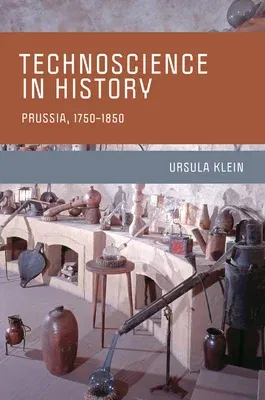The relationship of the current technosciences and the older
engineering sciences, examined through the history of the "useful"
sciences in Prussia.
Do today's technoscientific disciplines--including materials science,
genetic engineering, nanotechnology, and robotics--signal a radical
departure from traditional science? In Technoscience in History,
Ursula Klein argues that these novel disciplines and projects are not an
"epochal break," but are part of a history that can be traced back to
German "useful" sciences and beyond. Klein's account traces a deeper
history of technoscience, mapping the relationship between today's
cutting-edge disciplines and the development of the useful and
technological sciences in Prussia from 1750 to 1850.
Klein shows that institutions that coupled natural-scientific and
technological inquiry existed well before the twentieth century.
Focusing on the science of mining, technical chemistry, the science of
forestry, and the science of building (later known as civil
engineering), she examines the emergence of practitioners who were
recognized as men of science as well as inventive technologists--key
figures that she calls "scientific-technological experts."
Klein describes the Prussian state's recruitment of experts for
technical projects and manufacturing, including land surveys, the
apothecary trade, and porcelain production; state-directed mining,
mining science, and mining academies; the history and epistemology of
useful science; and the founding of Prussian scientific institutions in
the nineteenth century, including the University of Berlin, the Academy
of Building, the Technical Deputation, and the Industrial Institute.

